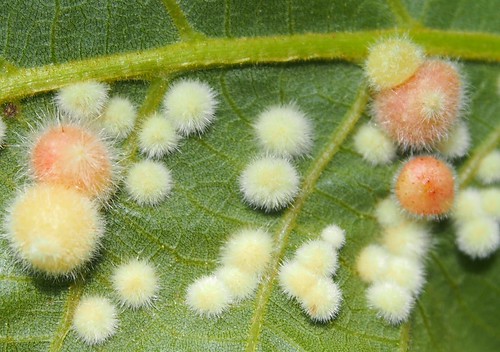Wikipedia:
Lace bugs are usually host-specific and can be very destructive to plants. Most feed on the undersides of leaves by piercing the epidermis and sucking the sap. The then empty cells give the leaves a bronzed or silvery appearance. Each individual usually completes its entire life cycle on the same plant, if not the same part of the plant.
Lace bugs sometimes fall out of trees, land on people and bite, which, although painful, is a minor nuisance. No medical treatment is necessary.[1]
www.gardeningknowhow.com
Recommends a natural remedy:
Instead, use insecticidal soap, neem oil or narrow-range oil. Spray the plant with these insecticides at two-week intervals. The damage won’t disappear, but you won’t have any new damage.
Don’t worry about losing plants because of lace bug damage. The damage is usually just cosmetic, and the plant will return next spring with fresh, new leaves. The trick is to eliminate the insect during the growing season so that it can’t overwinter on the plant and return next year.









